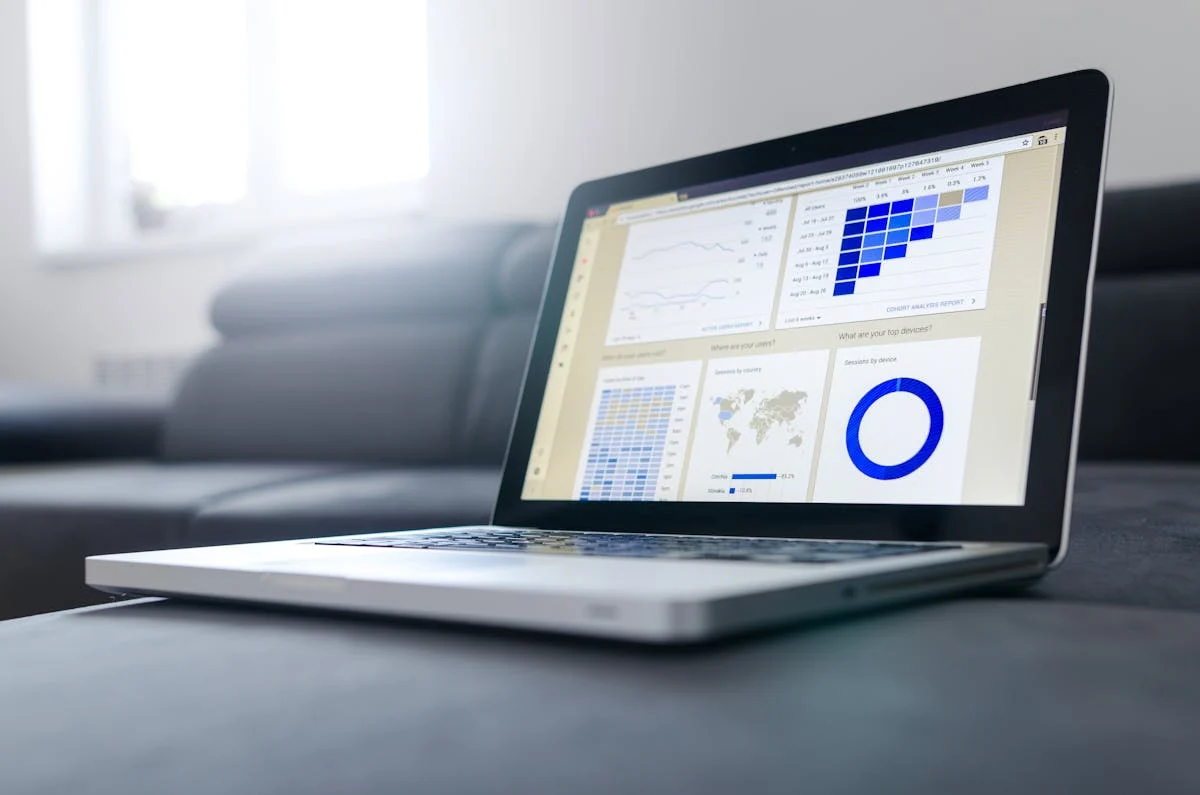
How to Price Sponsored Content in Magazines and Hyperlocals
If there’s one thing advertisers love, it’s reading about their companies. Sponsored content provides smaller publishers with a way to give local businesses what they love and get something in return, without creating distrust among readers.
Over the past few weeks, we’ve talked a lot about the advantages that local publishers have in selling advertising. Sponsored content is a type of advertising that resembles editorial content, but is paid for by the advertiser. Sponsored content should be clearly marked, usually with a header at the top and a footer along the bottom of any sponsored articles.
The ability to tell a memorable and compelling story is one of the primary advantages to sponsored content outlined in our new eBook, Ten Advantages: How Magazine and Hyperlocal News Publishers Will Win In the Era of Facebook and Google. But that’s not the only reason why businesses are willing to pay a premium for this type of advertising.
Unlike display advertising, sponsored content is what’s considered “in-feed advertising.” Sponsored content gives businesses a way to piggyback off the credibility that local news websites have developed with their readers. According to research from the Interactive Advertising Bureau (IAB), the positive view that readers have of news websites sparks a 33% increase in the perceived credibility of sponsored ad content.
For local publishers, specifically, one of the keys to getting sponsored content right is pricing it appropriately.
How a publisher prices a sponsored content package depends on a number of variables, including:
- Website traffic and readership size
- Demographics of website readers
- What’s included in the advertising package
- Whether content is written in-house or provided by the advertiser
Publishers will commonly sell sponsored posts in packages of three to five, with a fixed price of $1,000 or more. One of the hopes with sponsored content is that it will, at least in time, give publishers some release from the downward pressure on CPMs. Additionally, limiting the amount of sponsored content on a website elevates the content, justifies the premium price tag, and keeps readers from growing weary.
Larger publications can certainly charge much more. For example, the lifestyle media company Complex was charging upwards of $250,000 for a few posts five years ago, at the same time Buzzfeed was charging $100,000 to create four or five posts for an advertiser.
Some publications have shied away from sponsored content out of concern that it may put the publication’s editorial integrity in jeopardy. But proper labeling and disclosures make this less of a concern. The pushback that some publishers received from their reporting staffs early on has largely receded.
Sixty-six percent of consumers surveyed by IAB said they are more open to digital advertising that focuses on telling a story than only selling a product — an exact description of what sponsored content is designed to do.
For advertisers, the benefits of sponsored content also include:
- Sponsored content is evergreen, so it lives on a publishers site and in search engines forever
- Advertisers can share sponsored content on their own social media channels
- Sponsored content can be resurfaced at any time
Although sponsored content usually gets the most views when it’s first published, residual views will come over time thanks to search engine traffic. Savvy advertisers can promote their sponsored posts with display ads in the future, as well.
Subscribe to Our Blog
Stay up to date with the latest marketing, sales, and service tips and news.


